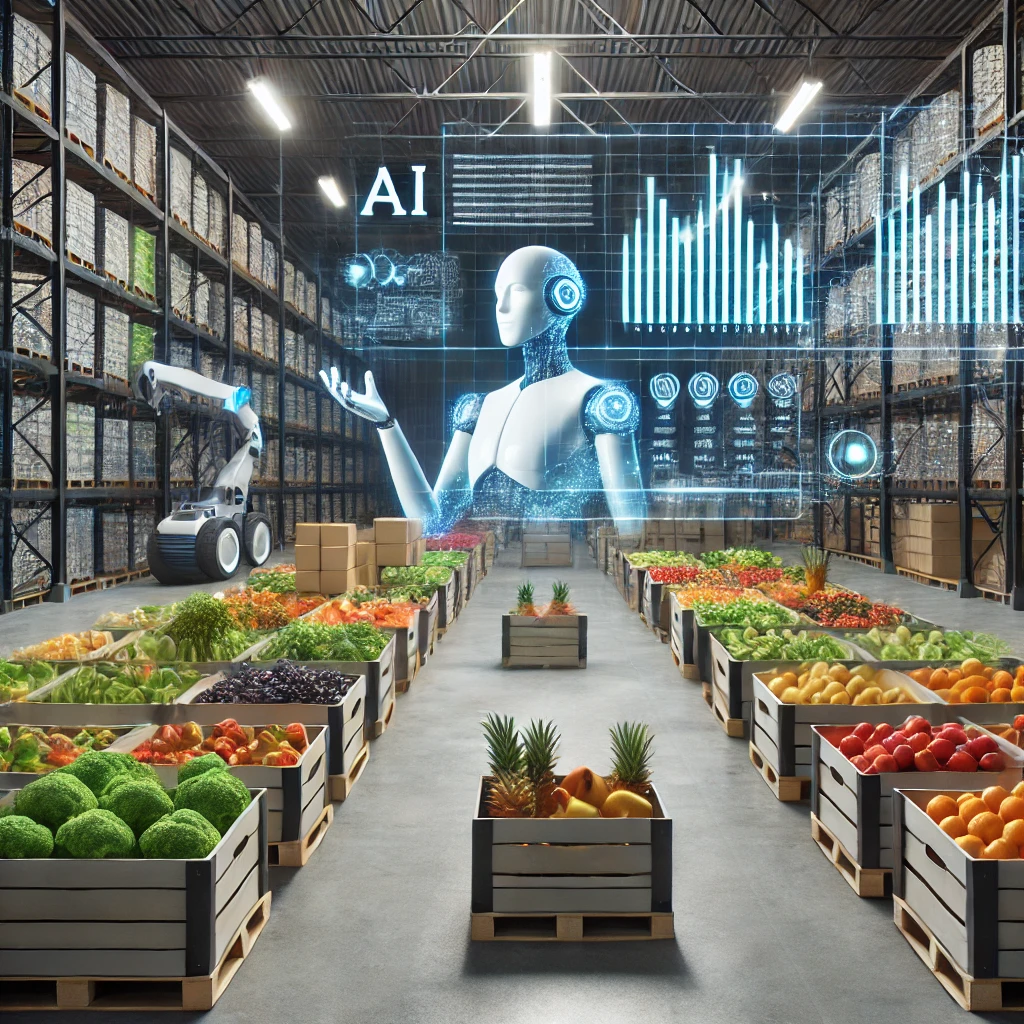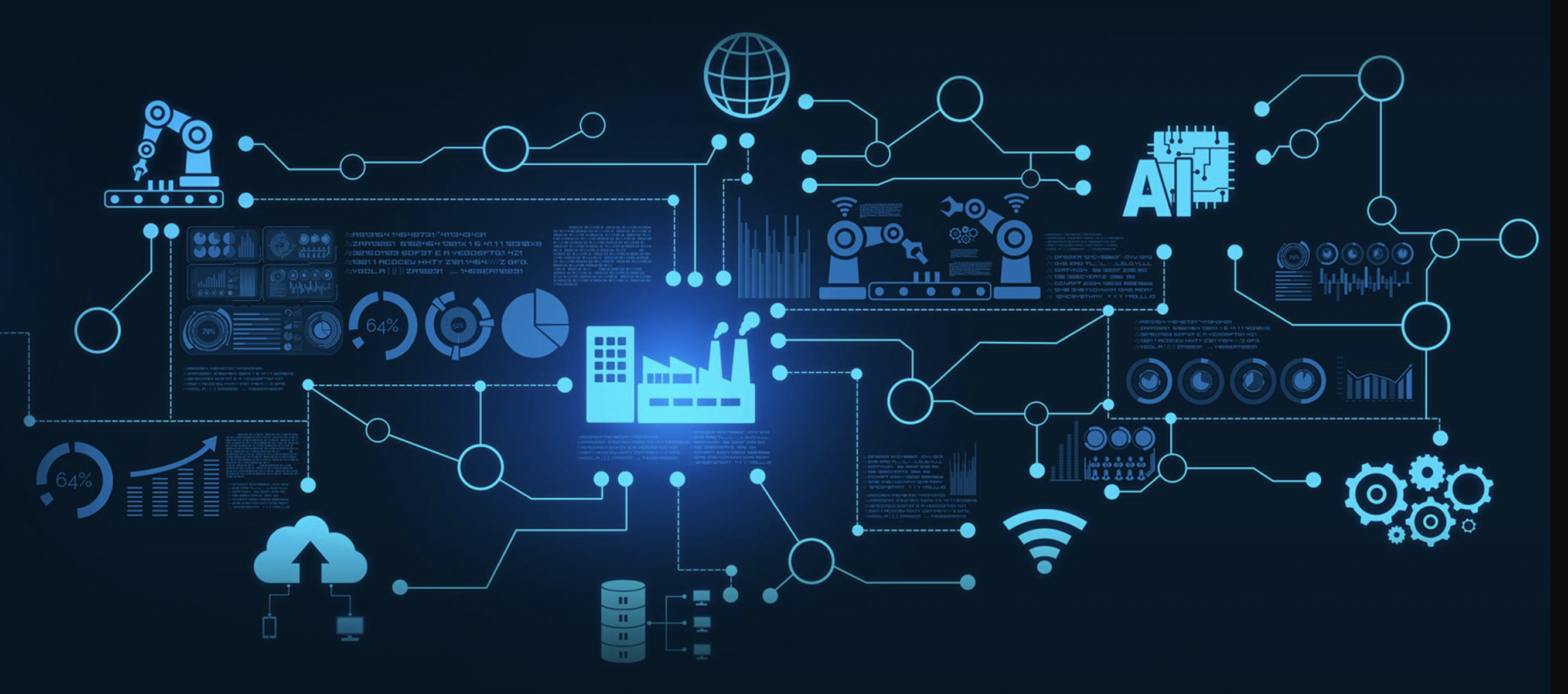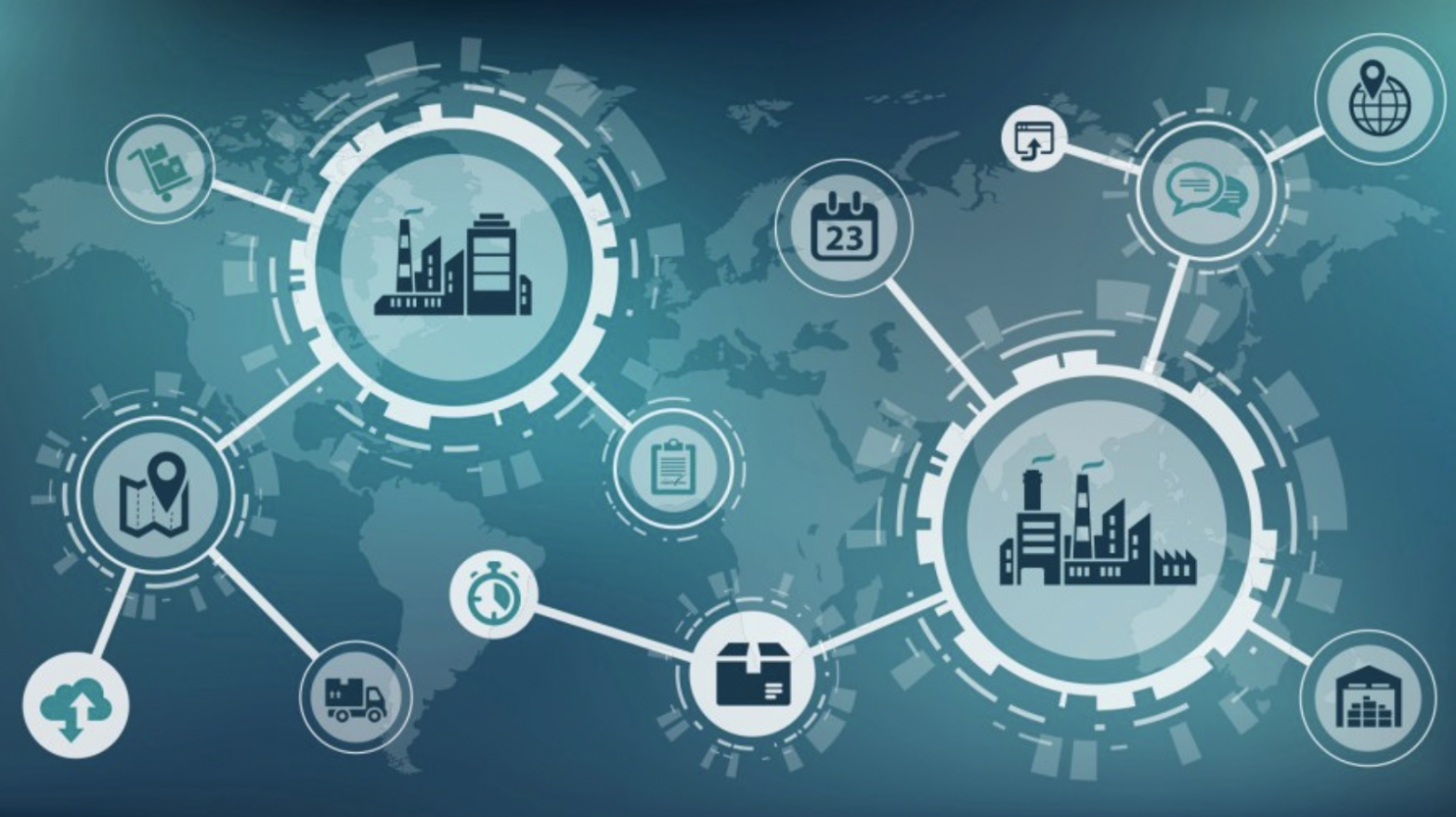How RPA Drives Digital Transformation
As businesses navigate the ever-evolving digital landscape, Robotic Process Automation (RPA) emerges as a crucial player in driving digital transformation. This technology not only streamlines operations but also paves the way for more profound technological integration across various sectors. Here’s how RPA is making a significant impact.
Streamlining Operations and Reducing Errors
At its core, RPA is about automating routine and repetitive tasks. By taking over processes such as data entry, invoice processing, and HR operations, RPA frees up human employees to focus on more strategic tasks. This shift not only improves operational efficiency but also significantly reduces the chances of human error, leading to more reliable data and process outcomes.
Facilitating Better Data Management
Data is the cornerstone of digital transformation. RPA plays a pivotal role by ensuring data across systems is synchronized without manual intervention. For instance, integrating RPA with legacy systems allows for the seamless transfer of data to modern analytics platforms, enhancing the ability of businesses to make data-driven decisions quickly and accurately.
Enhancing Customer Experience
RPA improves customer service by automating communication and transaction processes. For example, RPA bots can handle customer queries in real-time, schedule appointments, and even process transactions without any human input, ensuring a faster and more efficient customer experience. This level of automation allows companies to respond to customer needs more quickly and accurately, thereby improving overall customer satisfaction.
Driving Cost Efficiency
One of the most tangible benefits of RPA is the reduction in operational costs. Automating routine tasks reduces the need for additional personnel and minimizes the likelihood of costly errors. Moreover, RPA can operate 24/7 without breaks, ensuring continuous productivity far beyond what is achievable by human workers alone.
Enabling Scalability and Flexibility
Digital transformation demands scalability and flexibility from every deployed technology. RPA provides this by enabling businesses to adjust operations quickly based on changing market demands without significant overhauls to system infrastructure. RPA bots can be scaled up or down with minimal cost and disruption, allowing organizations to respond to new opportunities and challenges efficiently.
Preparing for a Future of Advanced Automation
RPA is often the first step in an organization’s journey towards more advanced technologies like artificial intelligence (AI) and machine learning (ML). By implementing RPA, companies lay the groundwork for integrating these more sophisticated systems, which can learn from the data handled by RPA and perform even more complex tasks.
As digital transformation becomes imperative in the competitive market landscape, RPA stands out as a critical enabler. Its ability to enhance efficiency, reduce costs, and improve accuracy makes it an indispensable tool in the modern business arsenal. For companies looking to stay ahead, investing in RPA is not just an option; it’s a necessity in paving the way towards a more automated and innovative future.









